This review is taken from PN Review 64, Volume 15 Number 2, November - December 1988.
on Renga Hyakuin
Steven D. Carter, The Road to Komatsubara: a Classical Reading of some of the Renga Hyakuin
In 1492, at the age of seventy-two, the Japanese poet Sogi visited the estate of Yukawa Masaharu at Komatsubara in the province of Kii, where he composed a solo linked-verse sequence of one-hundred verses (a hyakuin) for his warrior patron. The sequence is not particularly well-known and has attracted little of the attention lavished over the centuries on, say, Three Poets at Yuyama (1491) or A Hundred Verses Relating to 'Person' by Sogi Alone (1499), and so it is well suited to Steven Carter's purpose, which is to reconstruct the way in which Sogi and his contemporaries read and wrote renga sequences.
To this end, Carter provides a brief introduction to the history of linked-verse, its categories of composition and the conventional associations used, and an account of early rules and rulebooks. This is followed by the main body of the book: a translation of Shohaku's renga rulebook of 1501; a very enlightening chapter entitled 'Reading by the Rules - The Basic Operations of a Rule-Based Reading'; and a translation with interwoven commentary of Sogi's Komatsubara sequence. Carter draws on the verse-by-verse commentary of Soboku, another renga poet, and provides informative accounts of his own, some of them amounting to short essays. In this way, he allows a Japanese form to speak for itself, something that is very important.
The book concludes with some remarks in which Carter, with reference to Roland Barthes, Jonathan Culler and other critics who find the 'reading' of 'texts' ...
The page you have requested is restricted to subscribers only. Please enter your username and password and click on 'Continue':
If you have forgotten your username and password, please enter the email address you used when you joined. Your login details will then be emailed to the address specified.
If you are not a subscriber and would like to enjoy the 292 issues containing over 11,700 poems, articles, reports, interviews and reviews,
why not subscribe to the website today?
